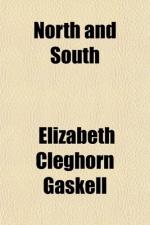|
This section contains 8,151 words (approx. 28 pages at 300 words per page) |

|
SOURCE: Pearce, Roy Harvey. “The Significances of the Captivity Narrative.” American Literature 19 (1947-48): 1-20.
In the following essay, Pearce examines the evolution of the style and intent of captivity narratives, from religious confessional to pulp thriller, and argues that they provide a window into American popular culture.
The narrative of Indian captivity has long been recognized for its usefulness in the study of our history and, moreover, has even achieved a kind of literary status. Generally it has been taken as a sort of “saga,” something which somehow is to be understood as expressive of the Frontier Mind—whatever that may be.1 But this is to make of the captivity narrative a kind of composite, abstracted thing; this is to make a single genre out of the sort of popular form which shapes and reshapes itself according to varying immediate cultural “needs.” Certainly there is a natural basic...
|
This section contains 8,151 words (approx. 28 pages at 300 words per page) |

|


